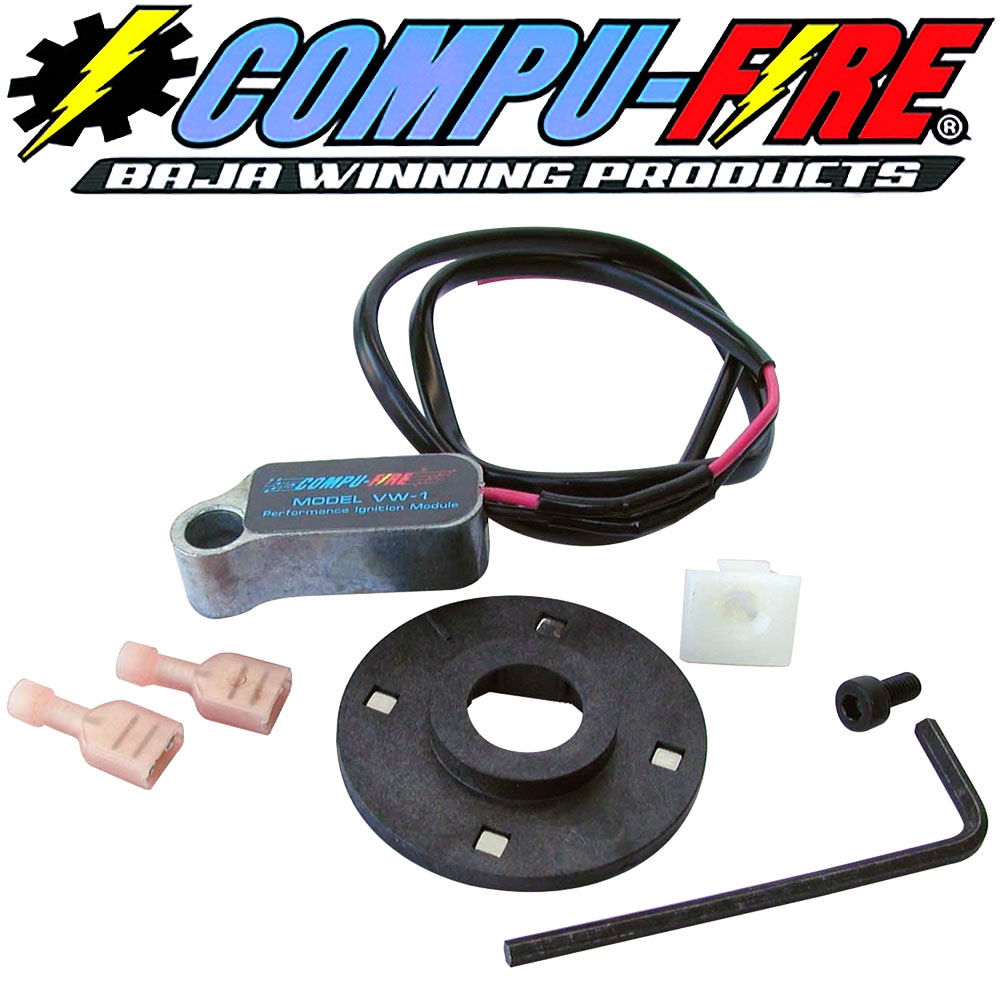"9 yr. old VS 1915cc with only 16,000 miles"
If it has been running OK for the past 9 years and only acting up now, then the Pertronix is probably becoming toast. Pertronix modules are designed/built with standard commercial-grade electronic components. They're cheap. They also don't like heat. You can't prevent the heat inside of the engine bay that affects them - they're screwed to the inside of the distributor which has heat transmitted to it directly from the engine case and up the disti shaft. Nothing really cools it other than the swirl of air coming in the grill and most of that gets sucked into the fan - the Distributor is a lonely orphan child and doesn't get much, PLUS the cap keeps the heat in. Getting the picture?
Designers can go up a grade or two in part quality (there are engineering designations for this all the way up through higher military grades) and you pay a bit more for each next grade. As you go higher, they usually can tolerate more and more heat, as what's inside is more rugged (they have a higher tolerance of transistor junction melting in use). That's why the industry calls it "Ruggedizing" or "Hardening" the device (although "Hardening" involves a lot more at the equipment level).
The failure symptoms are not usually like it's working and then stops for good. Instead, the transistor junction acts like a fuse wire that heats up, bends and distorts until it finally pops open, but then the stretch and curve of the wire lets it go back together when it cools and re-makes partial contact. After that, it works but not as well as before and can repeat the failing mechanism whenever hot enough. (It's actually a little different inside of a transistor, but the fuse idea is a good visual for ya.)
THAT is what's happening with yours. Going to a Compu-Fire is certainly a good alternative. You don't hear about many failures with them and it should work with everything else.
Now, on the coil, it is either a dry coil or an oil-filled. The oil is meant to cool it and is especially helpful if the coil is mounted on the fan shroud, closer to heat. If the coil is mounted away on the inner fender liner away from the engine heat a bit, it'll probably last forever, whatever type it is.
Hope this helps. And keep that Mechanic - he's a good one!



